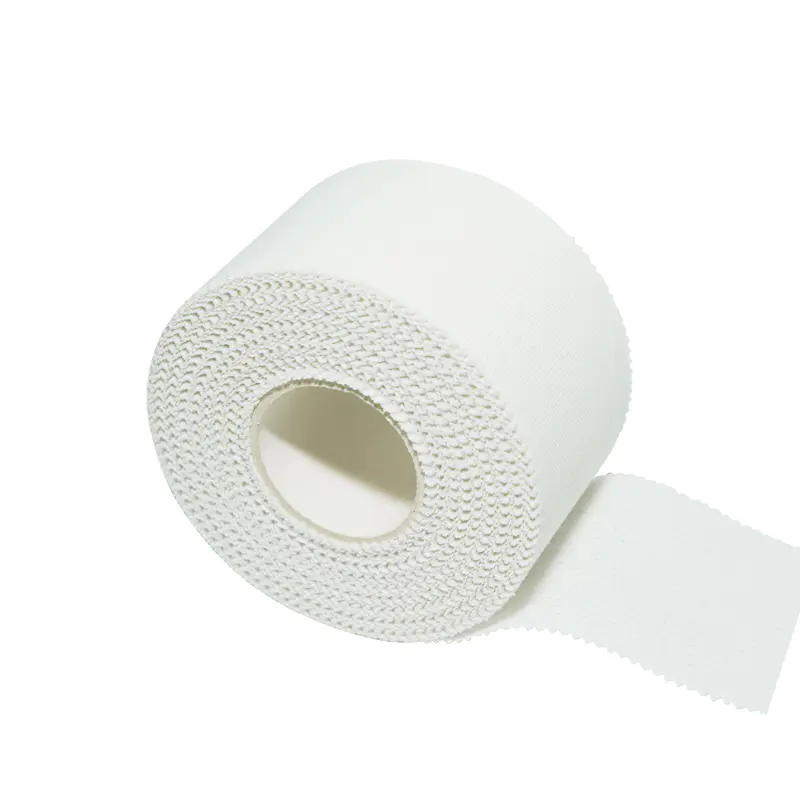Kinesiology tape—often recognized by its colorful, elastic design—is a therapeutic tool used to promote muscle recovery, reduce pain, and enhance mobility. Developed in the 1970s by Japanese chiropractor Dr. Kenzo Kase, kinesiology tape mimics the skin’s elasticity, allowing for a full range of motion while providing targeted support. Here's how it works in detail:
1. Lifting the Skin and Creating Space
When applied correctly, kinesiology tape gently lifts the outer layer of the skin away from the muscles and fascia beneath. This lifting effect creates microscopic space between the skin and the tissue layers, which can:
Reduce pressure on swollen or inflamed tissues.
Improve blood circulation and lymphatic drainage, which helps remove excess fluids and metabolic waste from the affected area.
Decrease the stimulation of pain receptors (nociceptors), providing a natural analgesic effect.
This mechanism is especially beneficial for recovery from muscle strains, bruises, or overuse injuries.
2. Proprioceptive Feedback
Kinesiology tape enhances proprioception, which is the body's awareness of its position in space. By interacting with the skin and underlying tissues, the tape provides constant sensory input to the brain. This input helps:
Encourage better posture and movement patterns.
Protect healing tissues by reminding the brain of injury-prone areas.
Improve muscle coordination and balance during physical activity or rehabilitation.
This is why tape is often seen on athletes’ shoulders, knees, or backs during performance or training.
3. Muscle Activation and Inhibition
Depending on how the tape is applied, it can either facilitate or inhibit muscle activity:
Facilitating weak or underused muscles: By taping in the direction of the muscle fibers, the tape helps stimulate contraction and increase muscle tone.
Inhibiting overactive or tight muscles: Applying the tape in the opposite direction can help relax the muscle and reduce spasm or tension.
This principle is used in conditions such as IT band syndrome, Achilles tendinitis, or shoulder impingement.
4. Supporting Muscles Without Restriction
Unlike rigid athletic tape, kinesiology tape is elastic—stretching up to 140–180% of its original length. This flexibility means it provides dynamic support:
Stabilizing muscles and joints during motion.
Allowing full range of motion, which is crucial for active recovery.
Preventing the harmful effects of immobilization, such as muscle atrophy or joint stiffness.
This makes it a popular choice for recovery during ongoing physical activity.
5. Psychological and Placebo Effects
Numerous studies also highlight the psychological benefits of kinesiology taping:
Athletes report increased confidence and perceived stability while wearing the tape.
Even when physiological benefits are limited, the placebo effect of reduced pain or improved function can aid recovery.
While research continues, the combination of physical and mental support makes kinesiology tape a valuable adjunct in sports medicine.








